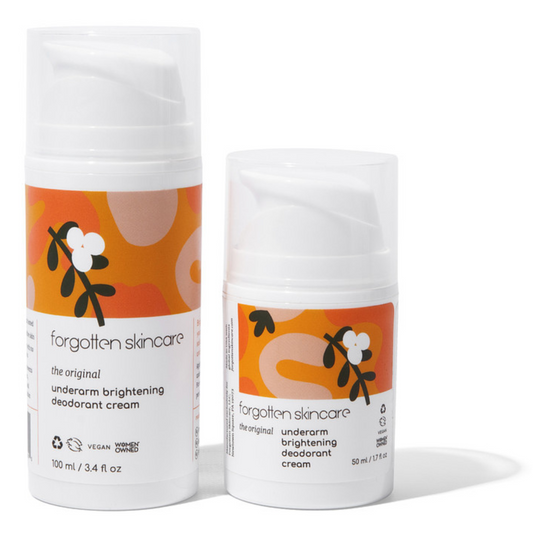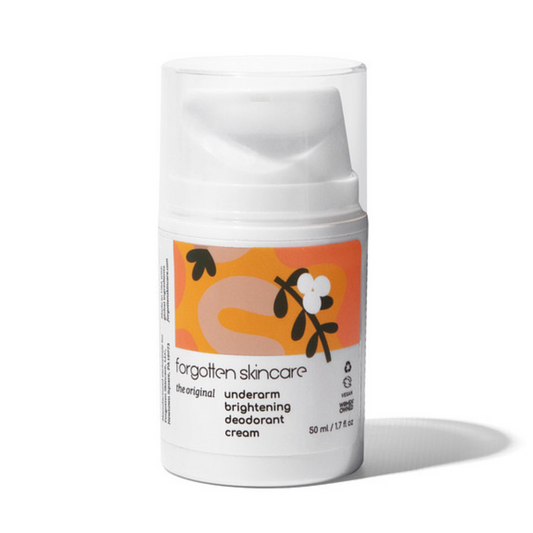
Five common skin conditions and what you can do about them
In a digital age where Photoshopping and Instagram filters are regularly used to enhance images, it’s easy to believe everybody has flawless skin. From models and actors to high school friends, social media users appear fresh-faced and blemish-free in photos. This ability to present an idealized version of ourselves online can be fun on one level—but it can equally lead to anxiety, self-consciousness and low-self-esteem for many, who may feel their own imperfect skin is the exception, rather than the rule.
The reality is that there are 3,000 skin conditions known to dermatology, several of which are very common. If you suffer from pimples, red, dry or itchy skin, hyperpigmentation, or some other form of skin discoloration, you are certainly not alone. Millions of people around the world are affected by skin disorders.
Unfortunately, the relentless rise of picture-perfect selfies is drowning out more honest conversations about common skin conditions that can impact our lives—and the treatments that offer some relief. Here are some very common skin conditions that affect a number of people, possibly even yourself or someone you know.
Disclaimer: We are not medical professionals. Content in this article and on our blog is generated for informative purposes, but not to be perceived as professional advice in regard to health, medicine, or any other field.
1. Psoriasis
Psoriasis is an autoimmune condition caused by the rapid growth of new skin cells. It appears as patches of red, thickened skin with white or silvery scales, and can be extremely itchy. Typically, it appears on the scalp, elbows, knees and lower back, although it can affect any part of the body.
Psoriasis is a chronic condition, and symptoms come and go of their own accord. Treatments for psoriasis aim to slow skin cell production and reduce inflammation and itching. Topical corticosteroids are usually the first treatments doctors try. If this does not improve the condition, then light therapy and oral medications may be prescribed.
2. Eczema
Eczema, also known as dermatitis, is a genetic condition that usually starts in infancy or childhood, and is often linked to asthma and hay fever. Characterized by red, inflamed skin that is dry and itchy, it most commonly occurs on the hands and in skin folds such as elbow creases, underarms and behind the knees.
Although the cause is not known, stress and allergies can cause flare-ups. There is no known cure for eczema, however many people grow out of it. Topical treatments can relieve itching and soreness.
3. Rosacea
Rosacea usually appears between age 30 and 50, and is more common in women and people with fair skin. It’s caused by dilated blood vessels in the face that give sufferers a red, flushed appearance and can sting when skincare products are applied.
In some cases the redness is accompanied by acne-like breakouts and broken blood vessels across the cheeks may occur. Rosacea can also affect the eyes, causing redness and swollen eyelids.
Although there is no known cure, topical creams or gels are the first line of defense. In more severe cases, doctors may prescribe antibiotics. Cosmetic treatments can also address the broken blood vessels.
4. Acne
Acne is caused by changes in hormone levels during puberty and affects 95% of adolescents to some degree. These hormonal changes lead to excess production of oil: mild acne causes little more than pimples and oily skin, but in more severe cases it causes blackheads, pustules and boils, which can lead to scarring. Although it most commonly affects the face, acne can also be present on the back and chest, and can be extremely distressing for those suffering from it.
As hormones settle down after puberty, the skin usually clears up of its own accord. However, hormone changes during pregnancy can cause outbreaks to recur, and some individuals suffer from acne well into adulthood.
Topical creams, retinoids and antibiotics may help in some cases. For women, the oral contraceptive pill can help to stabilize hormone levels, controlling oil production and lessening the appearance of pimples.
5. Hyperpigmentation
Hyperpigmentation—or dark skin patches—occur when excess melanin (the pigment that gives skin its color) is produced. It affects people of all skin types and tones, with around five million people in the U.S. alone being affected. However, studies show it remains an under-diagnosed condition, so the real number may be much higher.
There are various forms of hyperpigmentation. Post-inflammatory hyperpigmentation appears at the site of previous trauma: if you’ve had cuts, acne, bug bites or an injury, the skin at the site of these may darken as it heals.
Then there are age spots (also known as liver spots or sun spots), which appear as a result of sun exposure. Skin naturally produces melanin when exposed to the sun, to protect you from damage, but over-exposure can lead to excess melanin. That excess melanin is not evenly distributed, but shows up in patches. As the name implies, age spots tend to affect older individuals and can appear anywhere on the body that has been exposed to the sun over a long period of time.
One of the most common forms of hyperpigmentation is melasma. Also known as the ‘mask of pregnancy’ because it affects up to half of all pregnant women, melasma causes symmetrical dark patches across the face. These patches can look like freckles that have merged together.
This type of hyperpigmentation is caused by hormonal changes in pregnancy (and thus can also affect women taking oral contraceptives) and leads to excess production of melanin. Although melasma refers to the dark patches that appear on the face, some women also find the skin of the armpits and the groin darkens too.
Melasma and hyperpigmentation can be difficult to get rid of. Many of the treatments available, from chemical peels to skin bleaching creams, are harsh and can irritate skin. For a gentler approach, Forgotten Skincare’s Underarm brightening cream is made with clean ingredients formulated to brighten dark skin and lighten uneven spots for a more even tone, reduce odor and smooth razor bumps.
Although these skin conditions pose no threat to your physical health, they can certainly affect your self-esteem and your outlook. If a skin disorder is impacting your life, don’t be shy—seek help. Skin complaints are more common than you may think and as a result, more treatments are being developed all the time. If you’re one of the millions who are struggling with itchy skin, pimples or dark patches, don’t hesitate to see your doctor or dermatologist, so that you can get back to feeling bold, confident and carefree!




